Networks Parade
Shahryar Minhas: s7minhas.com
- Associate Professor
- Department of Political Science
- Social Science Data Analytics Initiative
Broad strokes
Generally, my research interests falls into two areas:
- How can we do inference in the presence of interdependent observations
- Estimating and utilizing an underlying "social space" from an observed network
Inference
standard dyadic design
Much of international relations data consists of:
- a set of units or nodes
- a set of measurements, yij
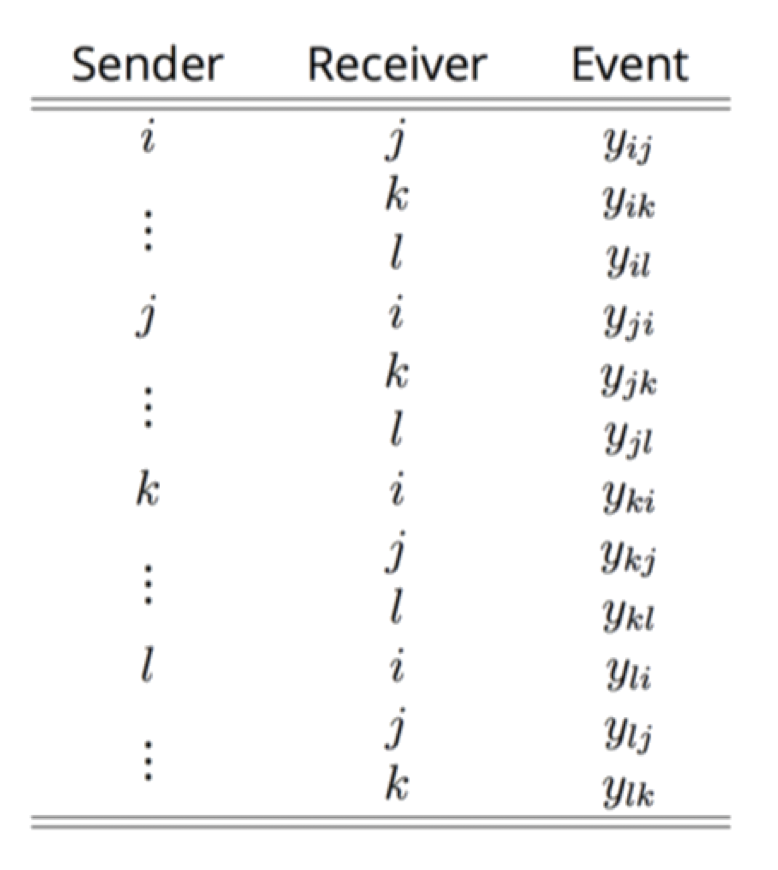
Inference
the problem
GLM: yij∼βTXij+eij
Networks typically show evidence against independence of {eij:i=j}
Not accounting for dependence can lead to:
- biased effects estimation
- uncalibrated confidence intervals
- poor predictive performance
- inaccurate description of network phenomena
Inference
evaluation of solutions
Inference
Measuring effect of boko haram
with Cassy Dorff & Max Gallop (forthcoming in Journal of Politics)
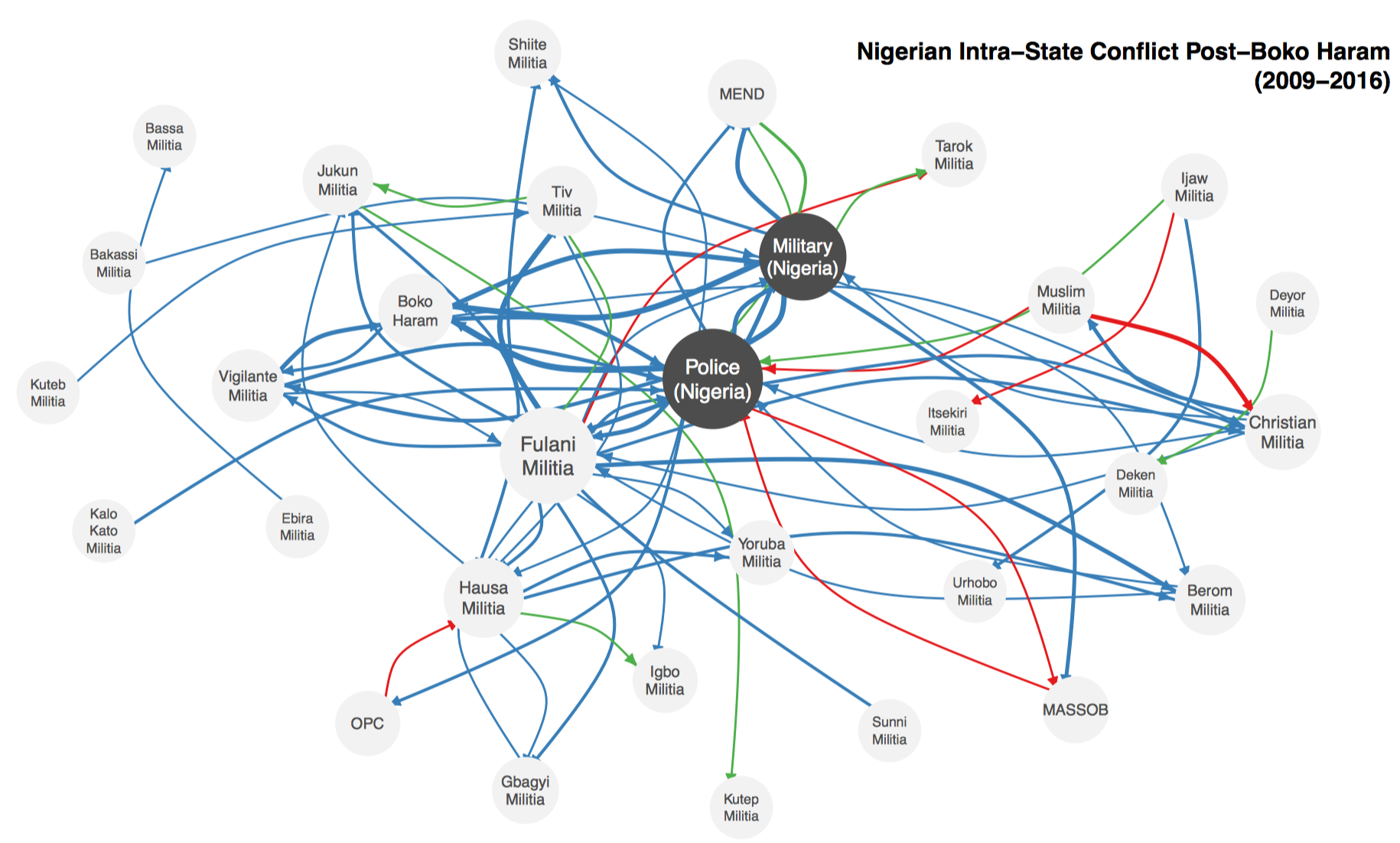
Measuring Social Space
- Many political theories often refer to constructs that can not be observed directly
- As a result, political scientists have come up with latent indicators of everything from:
- ideological disposition of survey respondents
- legislators
- judges
Social space
asymmetric relations from a symmetric network
with Arturas Rozenas & John Ahlquist (Political Analysis [2019])
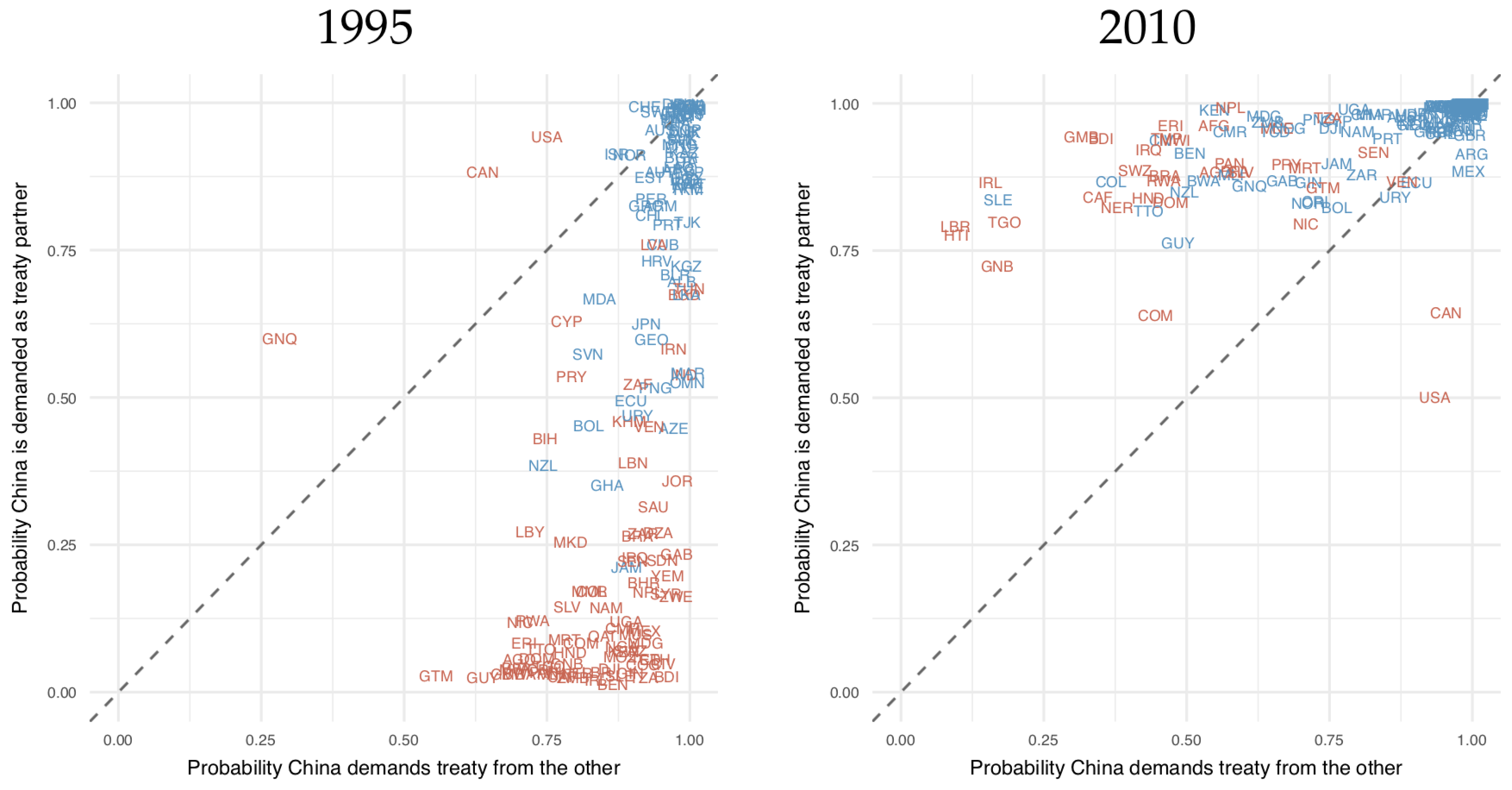
Social space
strategic determinants of foreign aid
with Cindy Cheng (forthcoming in British Journal of Political Science)
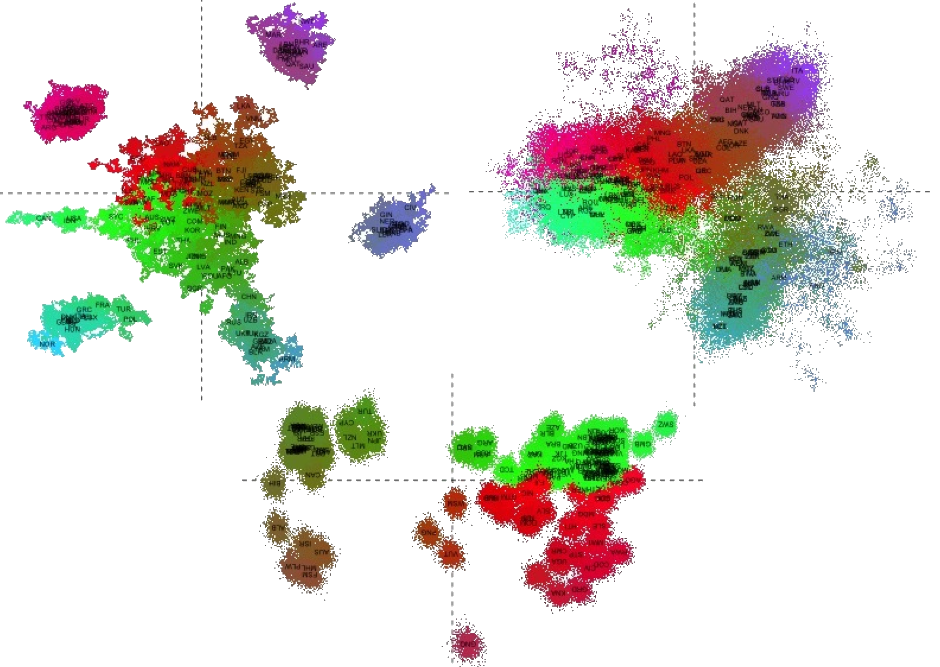
Social space
ccp advancement
with Narisong Huhe & Max Gallop
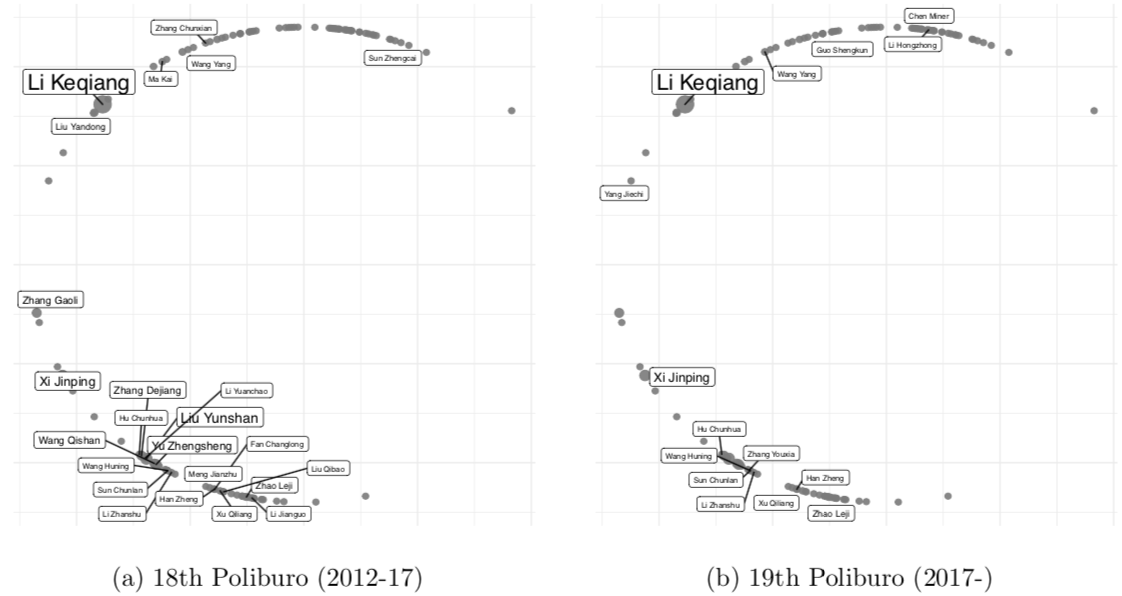
Social space
predicting subnational intrastate conflict
with Cassy Dorff & Max Gallop (Forthcoming International Studies Quarterly)
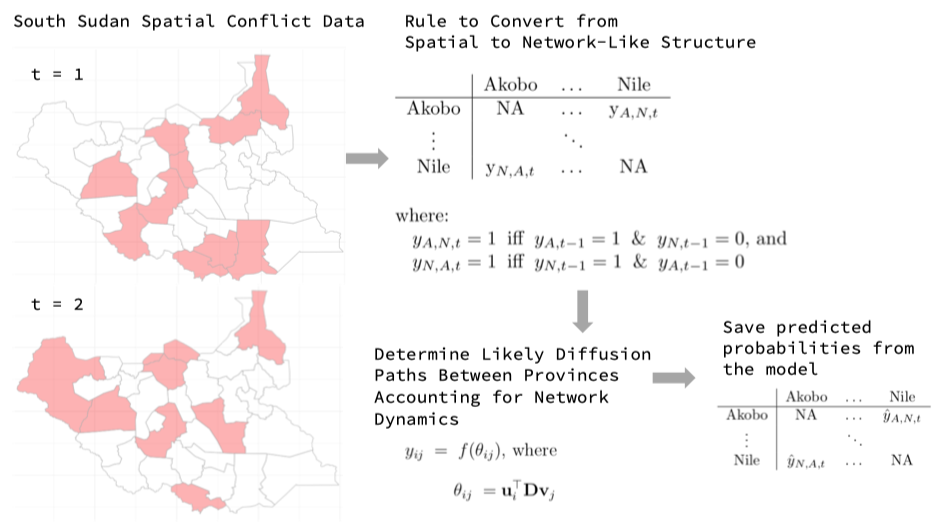
multilayer nets
- Networks that evolve over time or sets of networks that may evolve together over time provide interesting modeling opportunities
Multilayer networks
evolution of cooperation and conflict
with Peter Hoff & Michael Ward (Journal of Peace Research [2016])
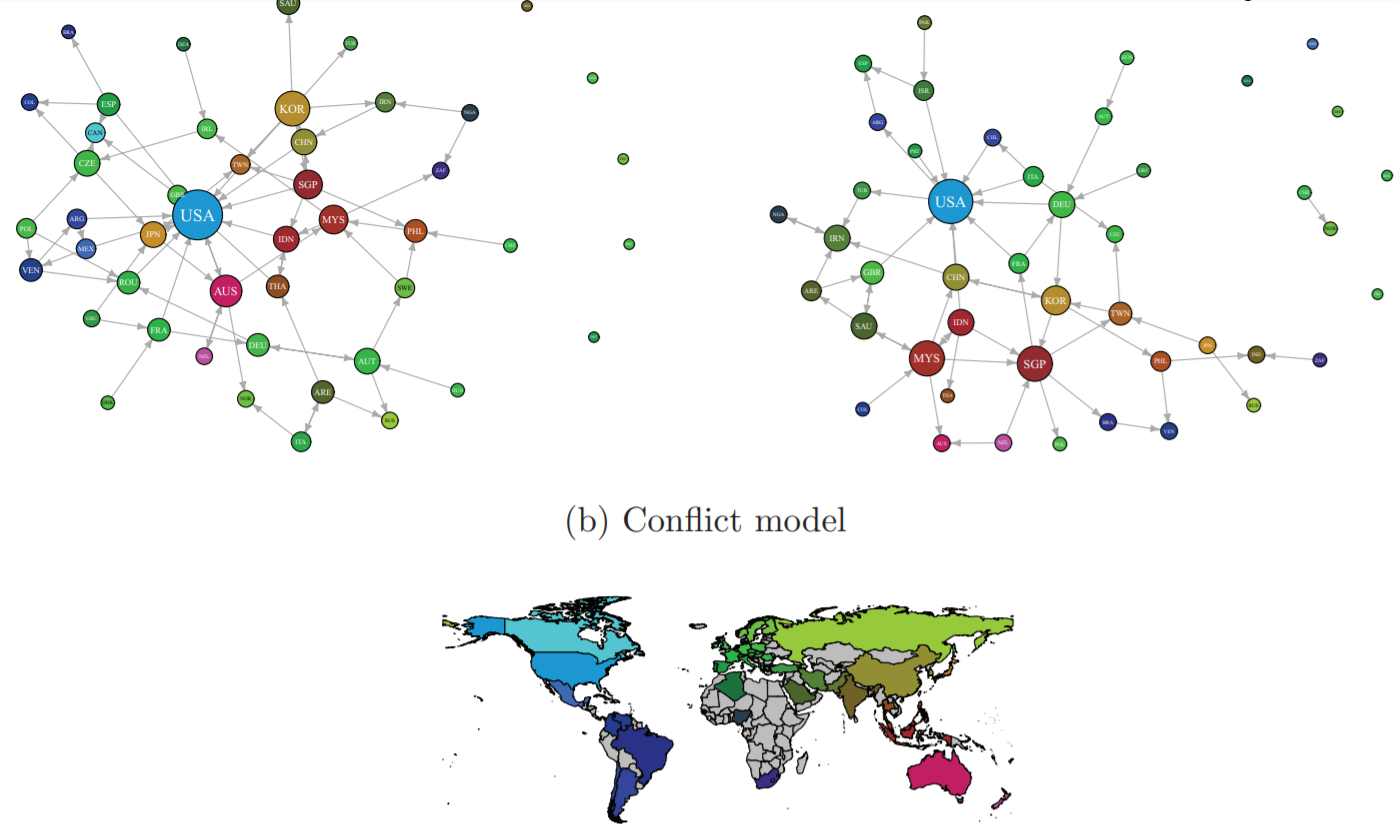
Multilayer networks
Measuring state preference
with Max Gallop
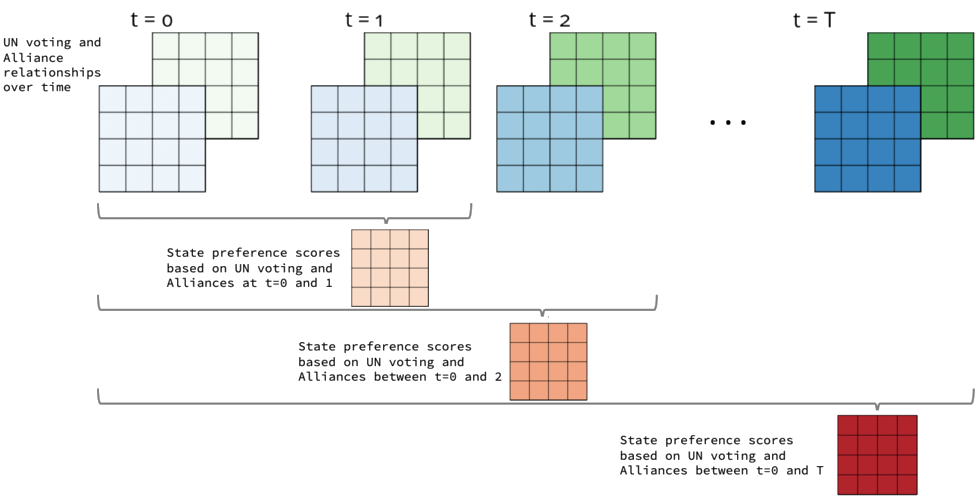
Multilayer networks
Measuring Influence
with Peter Hoff & Michael Ward
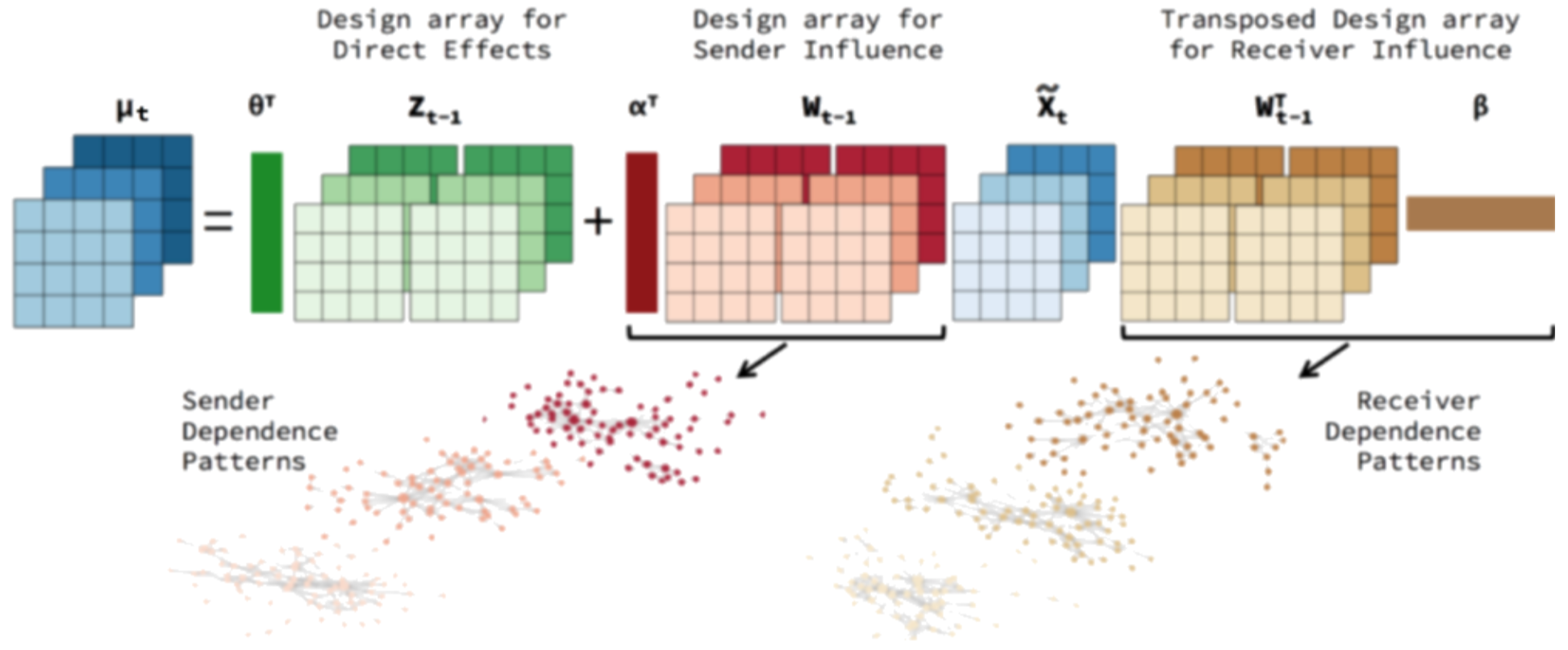
What's next
- Mostly, continuing along the lines of what I've discussed
- Also playing with agent based models a bit to derive some empirically testable insights